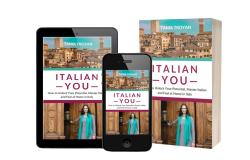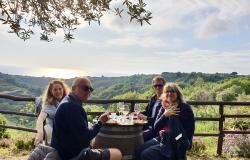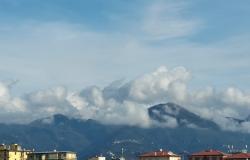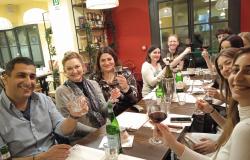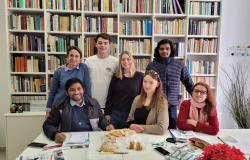Hidden Gems of Italy: Church of San Carlo alle Quattro Fontane in Rome
ITA:
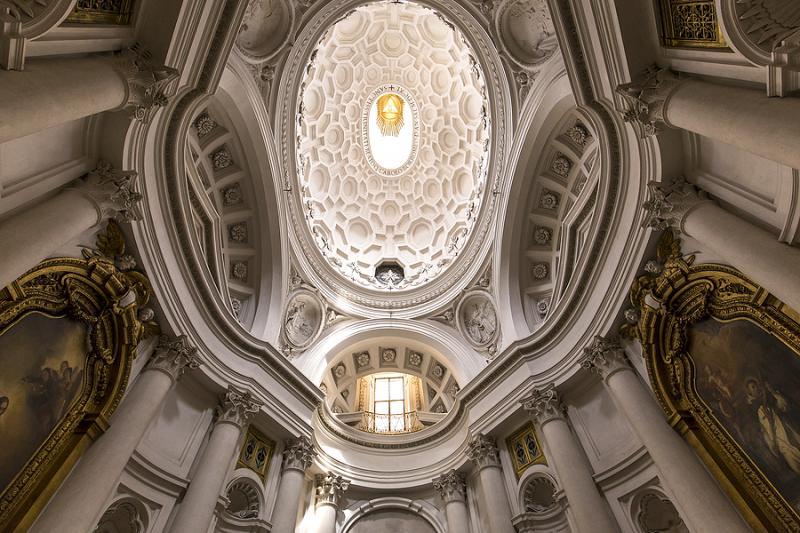
Use player to listen to Italian version

Paywall Content
On top of the Quirinal Hill, in Rome’s Monti neighborhood, you can admire one of the greatest examples of Roman Baroque, created by one of the most remarkable architects of the 1600s, Francesco Borromini: the Church of San Carlo alle Quattro Fontane, which the Romans affectionately call ‘San Carlino.’
As a young architect in Rome, Borromini was eager to make himself known. So when he was asked to restore the small chapel belonging to the community of the Spanish Trinitarians, he offered his services for free. The chapel, dedicated to the Holy Trinity and to San Carlo Borromeo (a cardinal and the archbishop of Milan), was located between the ancient Via Pia (now Via del Quirinale) and via delle Quattro Fontane, hence its name.
The construction of the new complex began in 1634 and was quite complicated to carry out given the limited space available. However, Borromini’s architectural prowess exceeded initial expectations.
The facade is striking for its concave-convex and wavy lines and is embellished with statues of angels and saints. The interior of the church is small but elaborate; the columns are rhythmically arranged along the walls to delimit niches with statues and altars. The highlight of it all is the oval dome with its intricate geometrical pattern. Through the dome, Borromini was able to enhance the brightness produced by the uniform white color of the interior.
Below the church is a crypt with two side chapels; one was probably intended for Borromini himself as his burial place. However, since he committed suicide, the Trinitarians did not allow for him to be buried in the church and his body was instead placed in the church of San Giovanni dei Fiorentini, next to his uncle, Carlo Maderno, also a prominent architect.
In this church, Borromini masterfully managed to modulate and shape tall and slender swaying walls to create plasticity and dynamism, the underlying principle of Roman Baroque. For this reason, the Church of San Carlo alle Quattro Fontane can be rightly considered one of the highest examples of Italian architecture of the 1600s. And because of it, Borromini became a leading figure of Roman Baroque architecture along with his contemporaries Gian Lorenzo Bernini and Pietro da Cortona.
Sulla sommità del colle Quirinale, nel rione Monti di Roma, si può ammirare uno dei massimi esempi di barocco romano, realizzato da uno dei più notevoli architetti del 1600, Francesco Borromini: la Chiesa di San Carlo alle Quattro Fontane, che i romani chiamano affettuosamente "San Carlino".
Da giovane architetto a Roma, Borromini desiderava farsi conoscere. Così, quando gli fu chiesto di restaurare la piccola cappella appartenente alla comunità dei Trinitari spagnoli, offrì i suoi







